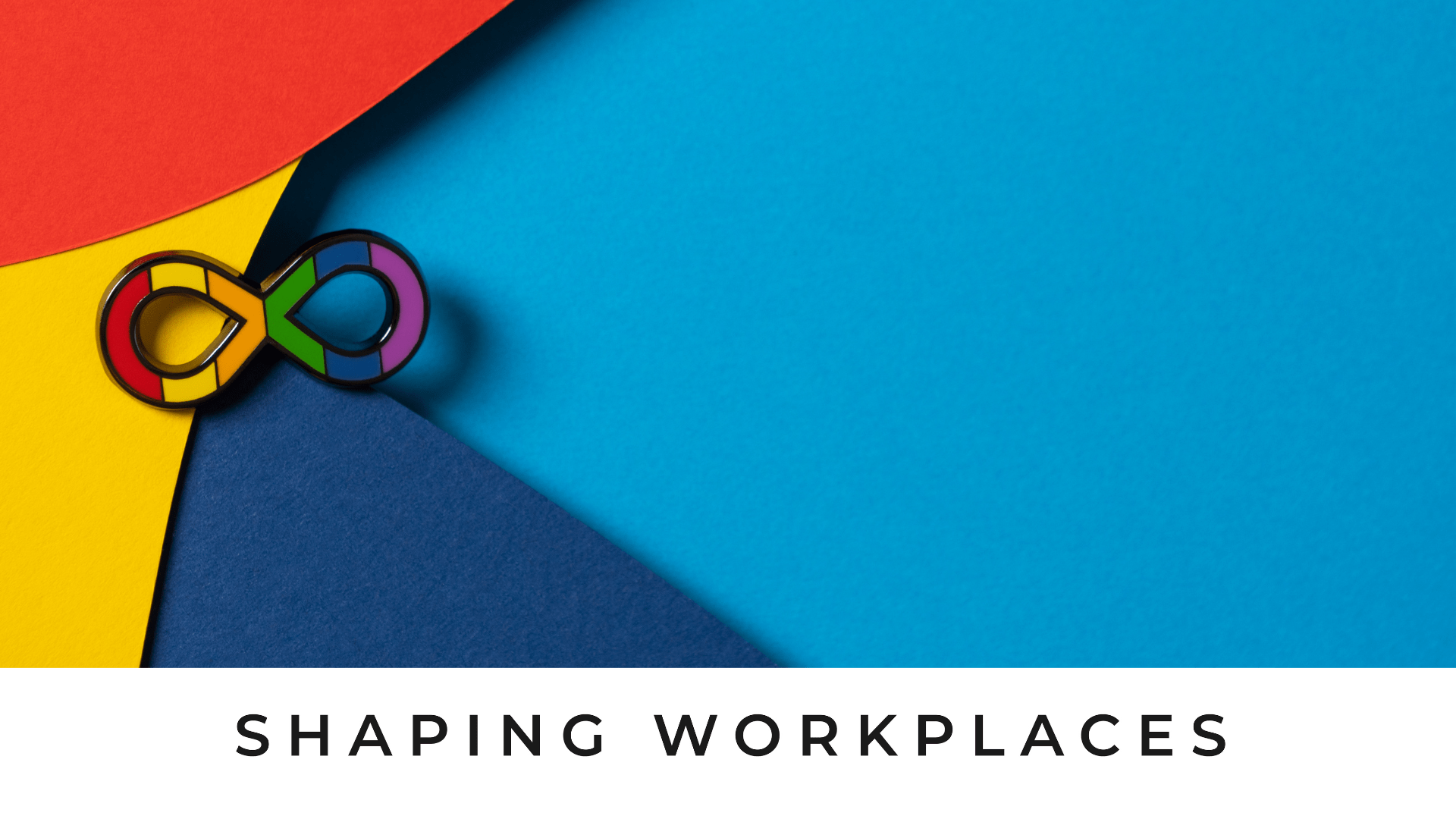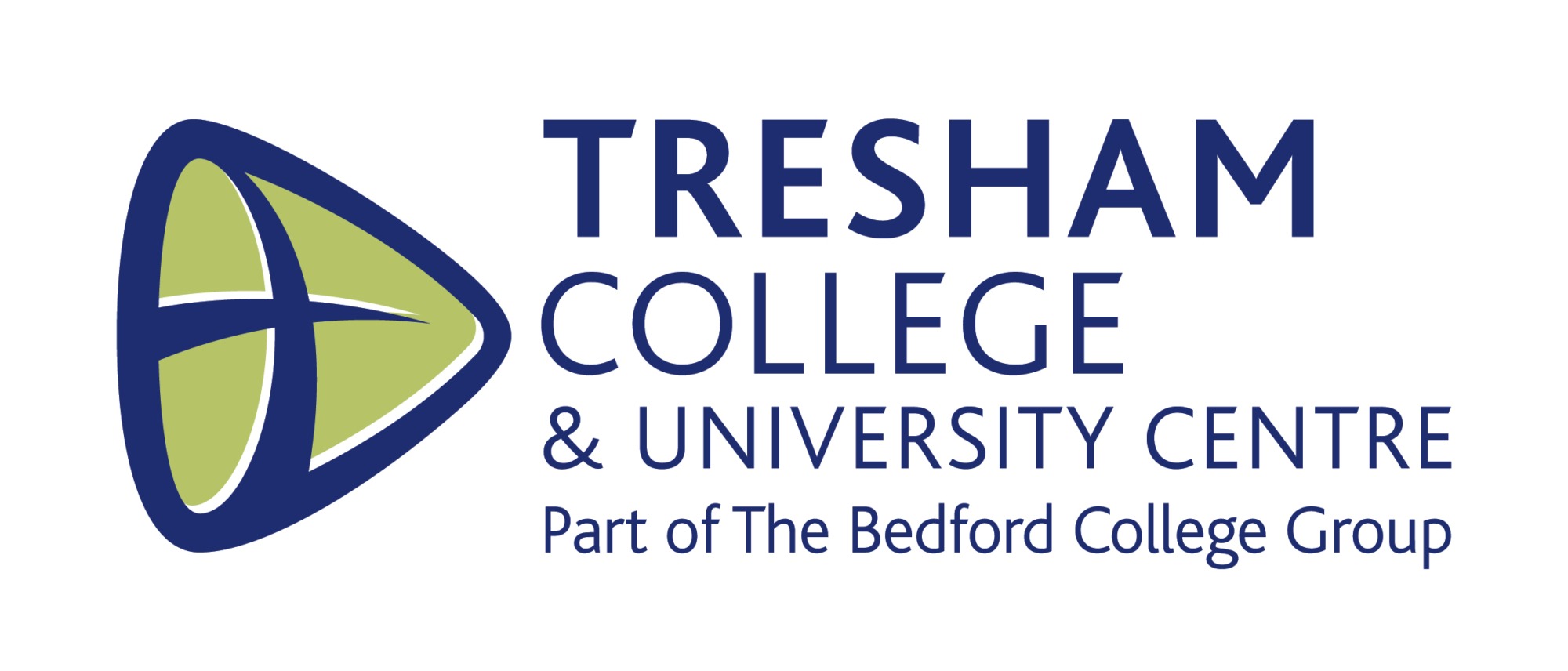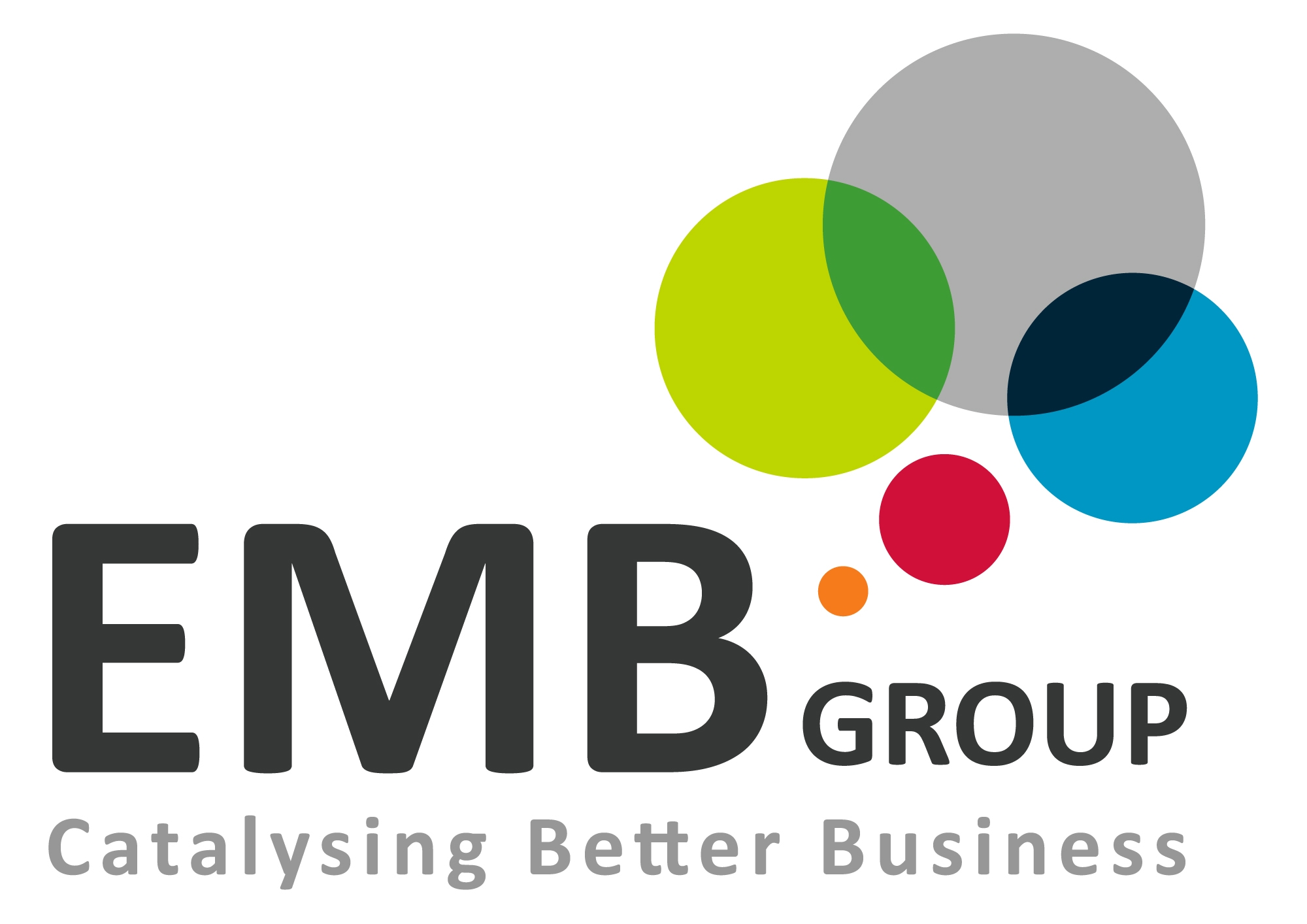

Promoting Neurodiversity; Reducing Conflict
Now Neurodiversity Celebration Week is over, how much are we really doing to break the system and build environments where people can thrive?
The ‘first rule of systems engineering’ is popularly written as:
“Everything interacts with everything else.”
The point of this rule is to remind the systems engineer that any changes made will have knock-on effects. Optimising one piece of a system in isolation does not mean an optimisation to the system’s performance as a whole – in fact, it can often bring about the opposite effect.
And of course, our workplaces are systems. Every department, team, individual, is a component of the larger system. The individual contribution of each of these pieces means very little; it’s the cumulative impact across disciplines, projects, and departments that delivers organisational results. Most organisations abhor the ‘rockstar’ employee for this very reason – they’re an unpredictable and outsized component that can potentially cause similarly outsized damage.
Whilst this is a very dispassionate and dehumanising take, it speaks to the underlying nature of the modern workplace. Everybody is intentionally replaceable, else the whole system grinds to a halt.
But this take stands in contrast to how we speak about diversity and inclusion. After all, one of the key benefits of EDI is improved creativity and innovation; utilising the unique experiences and skills of all employees to unlock new opportunities.
The truth is that innovation and stability have always stood in conflict with each other. The workplace system exists in a state of balance, where risk lines are determined by whether something pushes that balance past a tipping point.
Which brings me, in a tortured and roundabout way, to neurodiversity.
Because, of all the aspects of diversity we talk about in the workplace, neurodiversity (and neurodivergent individuals) are those most likely to upset that balance.
Why do I think that? Why neurodiversity, more so than race, or age, or gender?
Because neurodiversity is fundamentally an issue of behaviour. Neurodivergent individuals, almost by definition, demonstrate behaviour that doesn’t fit societal or organisational norms. And we do a disservice by trying to ignore this. Indeed, the CIPD’s Neuroinclusion at work guidance mentions behaviour in the context of the neurodivergent individual only once across thousands of words.
And ‘different’ behaviour is, historically, classed as socially bad behaviour. The system, in all forms, penalises different. It contradicts the social contract and undermines cohesion. And some of the behaviour of neurodivergent individuals can often be a violation of societal expectations.
Coming back to the workplace as a system, we see that neurodiverse behaviours can be incorporated up until the point that they push past the unwritten balance point. But this balance point is different in different parts of the system. Having a neurodivergent team member has a greater impact on a team than the organisation as a whole.
This is where the theory and real world collide. Almost every line manager wants a hassle-free life. Removing stress factors is important to their mental health. Minimising team conflict is a key part of that. So their ideal is to build a team with diverse complementary skills and homogenous behavioural expectations.
In practice, this has meant that success for underrepresented groups derives from adapting and adopting the behaviours and cultural norms of the dominant workplace culture. That’s not the point of EDI initiatives, of course, but it means the numbers improve, which is the real metric that leaders want to see.
But this fake inclusion is revealed as a sham by the experiences of neurodivergent individuals, where bringing their ‘whole self’ to work is penalised.
And I think that’s because we spend so much time thinking about the what of EDI, we’ve completely neglected to think about the how. EDI so often forms a bolt-on to an existing process or operation in the workplace system. Recruitment: now with added EDI considerations. Progression: the same, but allegedly different. Innovation: but not too much.
With all these things, we’re ensuring we don’t break the system. By just changing things a little bit, we achieve progress, whilst not disrupting the balance.
But, actually, the balance does need to be disrupted. When EDI is seen as an ‘add on’, it’s easy to also be seen as a potential ‘take off’. Something we’re seeing across the world.
Instead, we should be looking at EDI as an environmental factor. Are we building environments in our workplaces where inclusion is truly practiced, or just seen as part of the recruitment process? This doesn’t just apply for neurodiversity – outcomes across many underrepresented characteristics are lower because EDI in recruitment and the other areas HR controls brings diversity into an organisation, but the working environment and organisational culture rewards and forces employees into conformity.
To truly promote neurodiversity and reduce conflict in the workplace, organisations must go beyond just recruitment and look at the whole system. As I shared at the beginning, focusing on improving a single part can lead to lower performance across the whole.
FIVE WAYS TO IMPROVE OUTCOMES FOR NEURODIVERGENT EMPLOYEES
- Educating the workforce: Provide comprehensive training to all employees, especially leaders and managers, on neurodiversity and the benefits of an inclusive workplace. This will help dispel myths, build empathy, and equip them with the skills to manage and support neurodivergent team members effectively.
- Adapting the work environment: Assess and modify the physical workspace, communication methods, and processes to accommodate the needs of neurodivergent individuals. This could involve providing quiet spaces, offering alternative communication channels, and allowing flexible work arrangements.
- Encouraging open dialogue: Create safe spaces where neurodivergent employees feel comfortable sharing their experiences, challenges, and suggestions for improvement. This open dialogue can help identify areas for growth and foster a culture of understanding and acceptance.
- Reviewing policies and practices: Scrutinise existing policies and practices, such as performance criteria, to ensure they are fair and inclusive for neurodivergent individuals. Involving neurodivergent employees in this process will help you gain valuable insights and perspectives.
- Celebrating neurodiversity: Actively promote and celebrate neurodiversity as a source of strength and competitive advantage for the organisation. Highlighting the accomplishments and contributions of neurodivergent employees will help position neurodiversity as a key aspect of the company’s diversity and inclusion efforts.


















